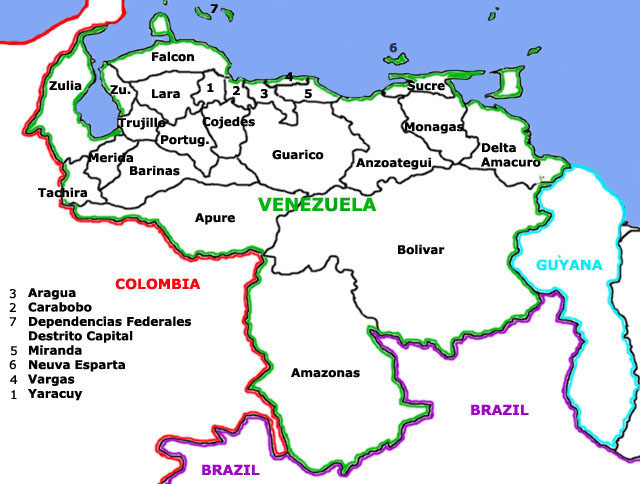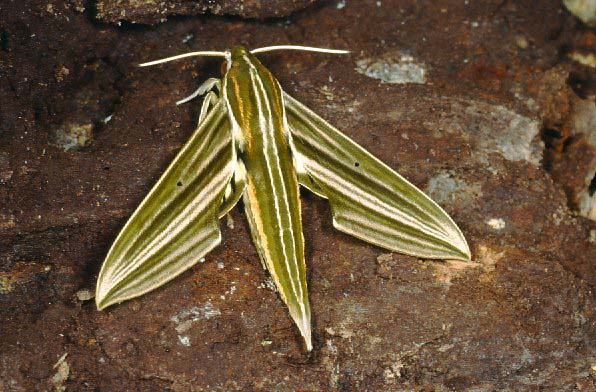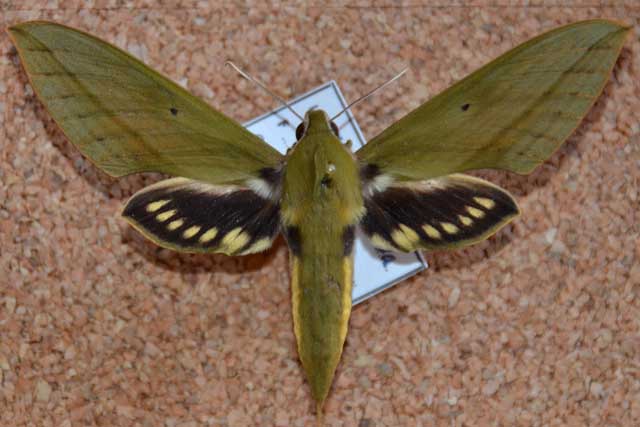Venezuela: Macroglossini
Hyles and Xylophanes
 |
|
|
Updated as per personal communication with María Esperanza Chacín; April 1, 2005 Updated as per Hawkmoths of the World Kitching and Cadiou, 2000; May 2011 Updated as per CATE Sphingidae, 2009; May 17, 2011 Updated as per personal communication with Jose Ramon Alvarez Corral, ongoing |
 |
All images I receive remain the property of respective photographers and are credited as such. Data such as wingspan, date, elevation, precise location, etc., is credited to persons who submit same.
I have arranged the images in accordance with my perception of wing characters: predominent markings, shape, colour, size.
There are probably some Venezuelan species not listed below, and there are some species not officially confirmed for Venezuela, although I think they have a good chance of being found there.
All images that I use are credited to respective photographers and those images remain the property of the photographers. Data submissions are also acknowledged.
I hope that over the next twenty years the site can be further refined to allow for the creation of state by state checklists for Venezuela.
Many thanks to those who have already submitted photos and information. The CATE Sphingidae site has been extremely helpful regarding descriptions and determinations. If there are mistakes on this site, they are my own. Bill Oehlke.

| Hyles lineata has white streaks, absent on annei, on the thorax between white inner and outer edges of tegulae. Six prominent white lines/streaks, subparallel to forewing inner margin, clearly distinguish H. lineata. H. annei may be more restricted in range: western. |
Thorax: dark green-brown tegulae; dark green-brown head. |
|
|
|
|
|

Xylophanes crotonis, 91mm, Merida, Venezuela,
March 2001, 2050m, courtesy of Jose Ramon Alvarez Corral.
Xylophanes virescens |
|
|
++++++++++++++++++++++++++++++++++++++++++++++++++++++
Very distinct species, unlikely to be confused with other species.
|
|
|
|
Visit Sphingini: Manduca
Visit Sphingini: Agrius, Amphimoea, Cocytius, Euryglottis, Lintneria, Sphinx
Visit Smerinthini: Adhemarius and Protambulyx
Visit Dilophonotini: Aleuron, Baniwa, Enyo, Kloneus, Pachygonidia and Unzela
Visit Dilophonotini: Aellopos, Eupyrrhoglossum, Nyceryx, Perigonia and Stolidoptera
Visit Dilophonotini: Callionima, Erinnyis, Hemeroplanes, Isognathus, Madoryx, Oryba, Pachylia, Pachylioides, Phryxus
and Pseudosphinx
Visit Philampelini: Eumorpha
You are here: Macroglossini: Hyles and Xylophanes
Use your browser "Back" button to return to the previous page.
This page is brought to you by Bill Oehlke and the WLSS. Pages are on space rented from Bizland. If you would like to become a "Patron of the Sphingidae Site", contact Bill.
Please send sightings/images to Bill. I will do my best to respond to requests for identification help.
 Show appreciation for this site by clicking on flashing butterfly to the left. The link will take you to a page with links to many insect sites. |